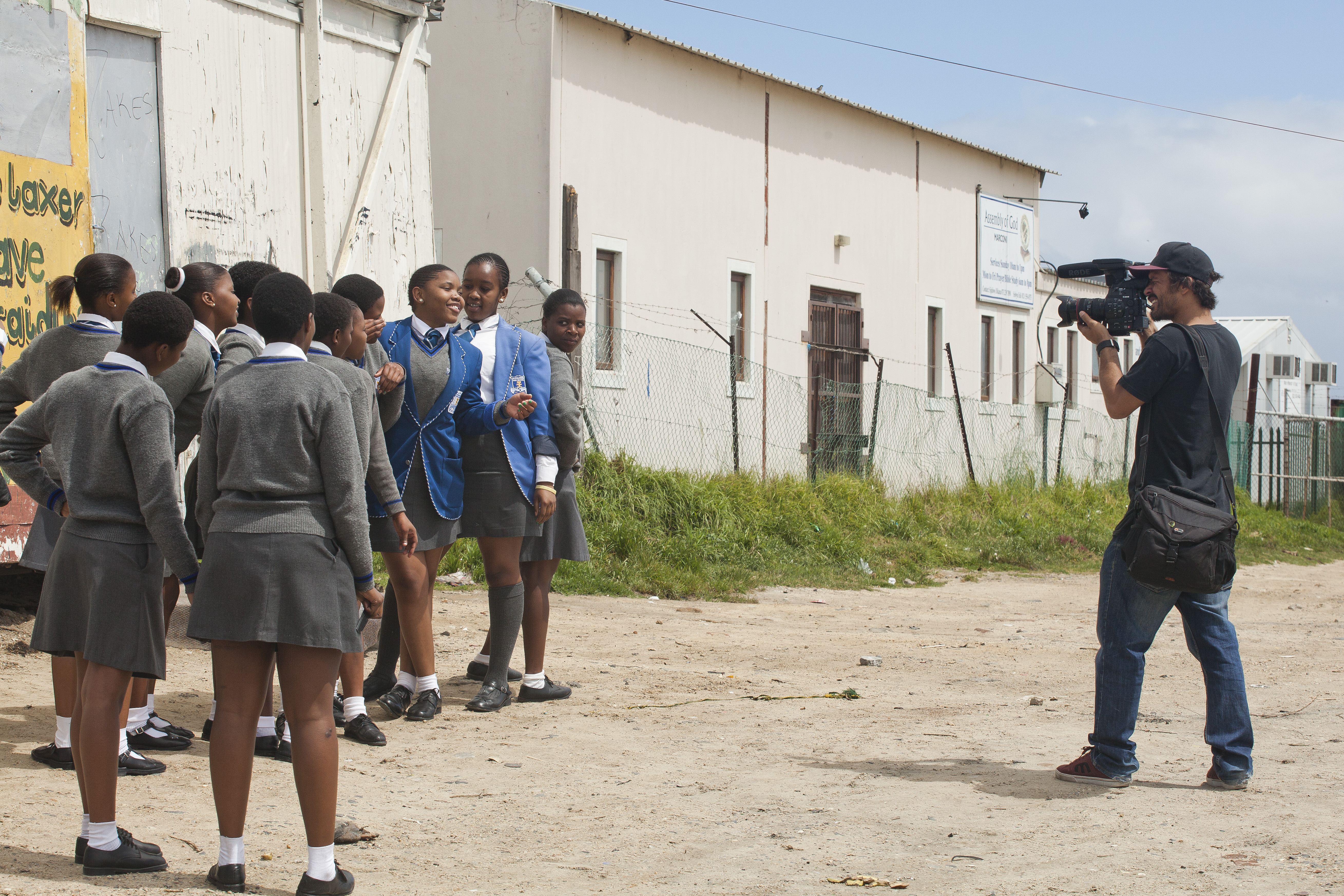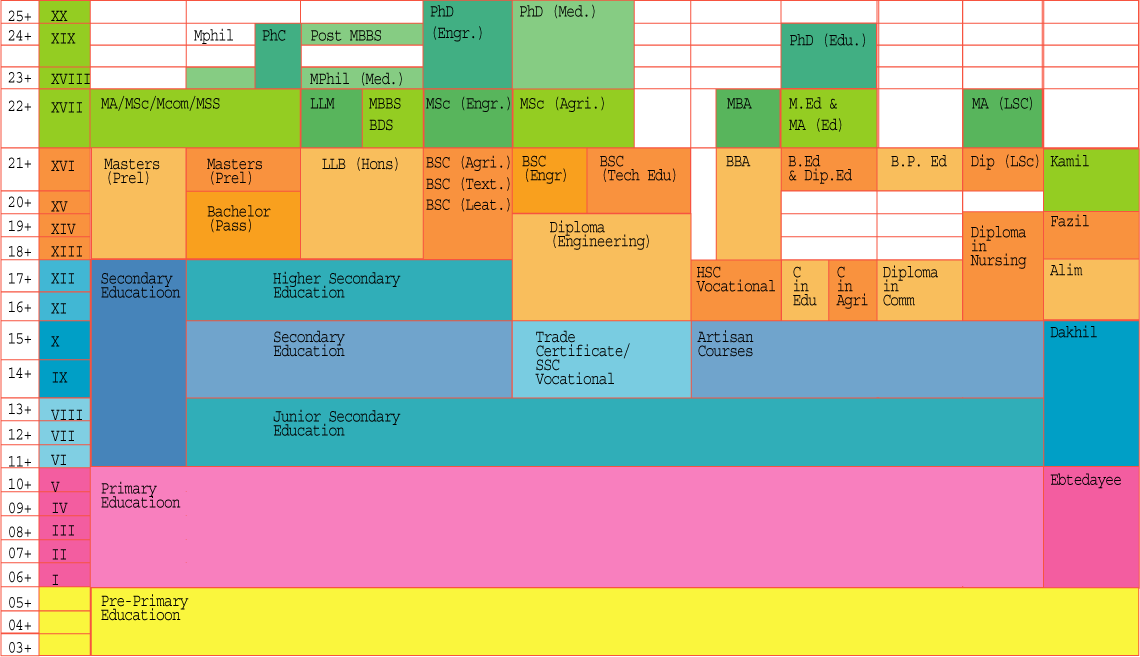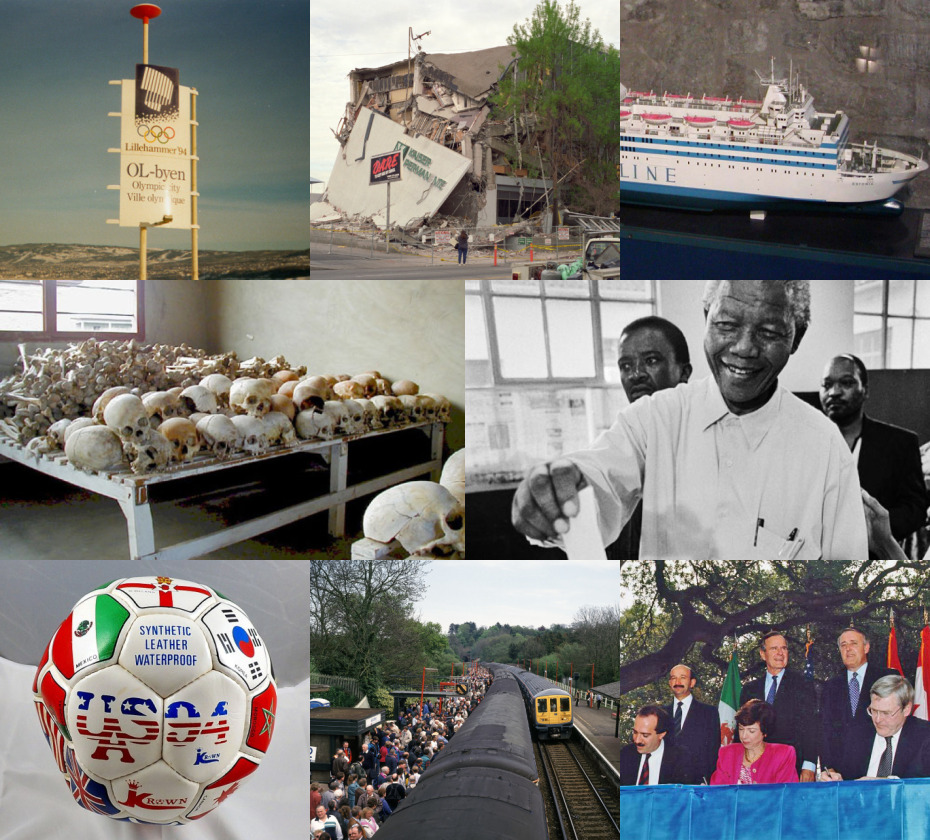|
Juri High School
Jury Govt Model High School is a secondary school in Juri town, Juri Upazila, Moulvibazar District, Sylhet Division, Bangladesh. It was established in 1930. Classes are from 6 to 10. The total number of students is about 2200. Teaching staff is about 36. Sitangshu Shekar Das is Headmaster. See also * Education in Bangladesh Education in Bangladesh is administered by the country's Ministry of Education (Bangladesh), Ministry of Education. The Ministry of Primary and Mass Education implements policies for primary education and state-funded schools at a local leve ... References Educational institutions established in 1994 High schools in Bangladesh 1994 establishments in Bangladesh Schools in Moulvibazar District Juri Upazila {{Bangladesh-school-stub ... [...More Info...] [...Related Items...] OR: [Wikipedia] [Google] [Baidu] |
Juri Upazila
Juri () is an upazila (sub-district) of Moulvibazar District. It is located 48 km away from District headquarters. History After the Conquest of Sylhet in 1303, many disciples of Shah Jalal migrated to Juri where they preached the religion of Islam to the local people. Shah Gharib Khaki settled in Bhogtera, Jayfarnagar where his mazar remains and likewise for Shah Abdul-Aliyy Nimatra in Fultola Bazaar, Hazrat Irani in Dakshinbhag and Shah Qasimuddin Jibon Jyoti. During the Bangladesh Liberation War of 1971, freedom fighters conducted operations in various tea gardens across modern-day Juri. The Pakistani army reached Juri on 2 December and many culverts and bridges were destroyed whilst fighting them. Battles were fought in the areas of Fultola, Sagornal and Kapnapahar. Jagadhari pond (behind Juri High School) is noted as a mass killing site. Juri was liberated on 4 December. On 26 August 1984, Juri was founded as thana. It became an upazila on 8 January 2005 with eight union ... [...More Info...] [...Related Items...] OR: [Wikipedia] [Google] [Baidu] |
Moulvibazar District
Moulvibazar District, () also spelled Moulavibazar, or Maulavibazar, (previous name: South Sylhet) is the southeastern district of Sylhet Division in northeastern Bangladesh, named after the town of Moulvibazar. It is bordered by the Indian states of Tripura and Assam to the south and east, respectively; by the Bangladeshi districts of Habiganj to the west and Sylhet to the north. Etymology The district, Moulvibazar is named after the town which serves as its headquarter. The word is derived from two words, moulvi and bazar, meaning 'Market of the Moulvi'. 'Moulvi' is an Islamic honorific title and 'bazar' is the Bengali word for market or township. Moulvibazar is named after Moulvi Syed Qudratullah, a local judge and a descendant of Shah Mustafa, an Islamic preacher active during the advent of Islam in the region. It is believed that the name was coined in the 1771 when Syed Qudratullah established a small bazaar on his zamindari land and local people named it as Moulvibazar. ... [...More Info...] [...Related Items...] OR: [Wikipedia] [Google] [Baidu] |
Sylhet Division
Sylhet Division () is a northeastern Divisions of Bangladesh, division of Bangladesh, renowned for its lush tea gardens, rolling hills and vibrant cultural heritage. Covering an area of approximately 12,298 square kilometres, it is bordered by the States and union territories of India, Indian states of Meghalaya, Assam and Tripura to the north, east and south respectively, while domestically it adjoins Chittagong Division, Chattogram to the southwest and Dhaka Division, Dhaka and Mymensingh Division, Mymensingh to the west. Prior to Partition of India, Partition in 1947, it included Karimganj district, Karimganj subdivision (presently in Barak Valley, Assam, India). However, Karimganj (including the thanas of Badarpur, Assam, Badarpur, Patharkandi and Ratabari Assembly constituency, Ratabari) was inexplicably severed from Sylhet by the Radcliffe Line, Radcliffe Boundary Commission. According to Niharranjan Ray, it was partly due to a plea from a delegation led by Abdul Matlib Ma ... [...More Info...] [...Related Items...] OR: [Wikipedia] [Google] [Baidu] |
Bangladesh
Bangladesh, officially the People's Republic of Bangladesh, is a country in South Asia. It is the List of countries and dependencies by population, eighth-most populous country in the world and among the List of countries and dependencies by population density, most densely populated with a population of over 171 million within an area of . Bangladesh shares land borders with India to the north, west, and east, and Myanmar to the southeast. It has a coastline along the Bay of Bengal to its south and is separated from Bhutan and Nepal by the Siliguri Corridor, and from China by the List of Indian states, Indian state of Sikkim to its north. Dhaka, the capital and list of cities and towns in Bangladesh, largest city, is the nation's political, financial, and cultural centre. Chittagong is the second-largest city and the busiest port of the country. The territory of modern Bangladesh was a stronghold of many List of Buddhist kingdoms and empires, Buddhist and List of Hindu empir ... [...More Info...] [...Related Items...] OR: [Wikipedia] [Google] [Baidu] |
Asiatic Society Of Bangladesh
The Asiatic Society of Bangladesh is a non political and non profit research organisation registered under both Society Act of 1864 and NGO Affairs Bureau, Government of Bangladesh. The Asiatic Society of Bangladesh was established as the Asiatic Society of East Pakistan in Dhaka in 1952 by a number of Muslim leaders, and renamed in 1972. Ahmed Hasan Dani, a noted Muslim historian and archaeologist of Pakistan played an important role in founding this society. He was assisted by Muhammad Shahidullah, a Bengali linguist. The society is housed in Nimtali, walking distance from the Curzon Hall of Dhaka University, locality of Old Dhaka. History Asiatic Society of Bangladesh traces its origins to The Asiatic Society, which was founded by Sir William Jones in 1784. Some of scholars of the Asiatic Society moved to Dhaka, capital of East Bengal, after the Partition of India. Ahmad Hasan Dani, professor of history at the University of Dhaka, proposed the idea of establishing a ... [...More Info...] [...Related Items...] OR: [Wikipedia] [Google] [Baidu] |
Student
A student is a person enrolled in a school or other educational institution, or more generally, a person who takes a special interest in a subject. In the United Kingdom and most The Commonwealth, commonwealth countries, a "student" attends a secondary school or higher (e.g., college or university); those in primary or elementary schools are "pupils". Africa Nigeria In Nigeria, Education in Nigeria, education is classified into four systems known as a 6-3-3-4 system of education. It implies six years in primary school, three years in junior secondary, three years in senior secondary and four years in the university. However, the number of years to be spent in university is mostly determined by the course of study. Some courses have longer study lengths than others. Those in primary school are often referred to as pupils. Those in university, as well as those in secondary school, are referred to as students. The Nigerian system of education also has other recognized categorie ... [...More Info...] [...Related Items...] OR: [Wikipedia] [Google] [Baidu] |
Education In Bangladesh
Education in Bangladesh is administered by the country's Ministry of Education (Bangladesh), Ministry of Education. The Ministry of Primary and Mass Education implements policies for primary education and state-funded schools at a local level. ''Education in Bangladesh'' is Compulsory education, compulsory for all citizens until the end of grade eight. Primary and secondary education is funded by the state and free of charge in public schools. Bangladesh conforms fully to the UN's Education For All (EFA) objectivesBangladesh: Education for All 2015 National Review . ''Ministry of Primary and Mass Education, Government of Bangladesh''. unesco.org. and the Millennium Development Goals (MDG) [...More Info...] [...Related Items...] OR: [Wikipedia] [Google] [Baidu] |
Educational Institutions Established In 1994
Education is the transmission of knowledge and skills and the development of character traits. Formal education occurs within a structured institutional framework, such as public schools, following a curriculum. Non-formal education also follows a structured approach but occurs outside the formal schooling system, while informal education involves unstructured learning through daily experiences. Formal and non-formal education are categorized into levels, including early childhood education, primary education, secondary education, and tertiary education. Other classifications focus on teaching methods, such as teacher-centered and Student-centered learning, student-centered education, and on subjects, such as science education, language education, and physical education. Additionally, the term "education" can denote the mental states and qualities of educated individuals and the academic field studying educational phenomena. The precise definition of education is disputed, an ... [...More Info...] [...Related Items...] OR: [Wikipedia] [Google] [Baidu] |
High Schools In Bangladesh
High schools in Bangladesh are institutions where 11–16 year olds take their lessons. There are approximately 23,500+ high schools in Bangladesh. History Rajshahi Collegiate School (1828) is the first and oldest school in the country. The seven oldest high schools in Bangladesh, by year of establishment, are: Barisal Zilla School (1829), Dhaka Collegiate School (1835), Kendua Joyhari Spry Government High School (1832), Rangpur Zilla School (1832), Rajshahi Collegiate School (1828), Sylhet Government Pilot High School (1836), Chattogram Collegiate School (1836), Comilla Zilla School (1837) and Jashore Zilla School (1838). High school education system in Bangladesh The education system in Bangladesh is divided into four stages. The second level is high school which incorporates grade 6 to 10. There are both English medium and Bangla medium school in Bangladesh. Government prefer Bangla medium schools. Though there are some cadet colleges which are also government ... [...More Info...] [...Related Items...] OR: [Wikipedia] [Google] [Baidu] |
1994 Establishments In Bangladesh
The year 1994 was designated as the " International Year of the Family" and the "International Year of Sport and the Olympic Ideal" by the United Nations. In the Line Islands and Phoenix Islands of Kiribati, 1994 had only 364 days, omitting December 31. This was due to an adjustment of the International Date Line by the Kiribati government to bring all of its territories into the same calendar day. Events January * January 1 ** The North American Free Trade Agreement (NAFTA) is established. ** Beginning of the Zapatista uprising in Mexico. * January 8 – ''Soyuz TM-18'': Valeri Polyakov begins his 437.7-day orbit of the Earth, eventually setting the world record for days spent in orbit. * January 11 – The Irish government announces the end of a 15-year broadcasting ban on the Provisional Irish Republican Army and its political arm Sinn Féin. * January 14 – U.S. President Bill Clinton and Russian President Boris Yeltsin sign the Kremlin accords, which stop the prepr ... [...More Info...] [...Related Items...] OR: [Wikipedia] [Google] [Baidu] |
Schools In Moulvibazar District
A school is the educational institution (and, in the case of in-person learning, the building) designed to provide learning environments for the teaching of students, usually under the direction of teachers. Most countries have systems of formal education, which is sometimes compulsory. In these systems, students progress through a series of schools that can be built and operated by both government and private organization. The names for these schools vary by country (discussed in the '' Regional terms'' section below) but generally include primary school for young children and secondary school for teenagers who have completed primary education. An institution where higher education is taught is commonly called a university college or university. In addition to these core schools, students in a given country may also attend schools before and after primary (elementary in the U.S.) and secondary (middle school in the U.S.) education. Kindergarten or preschool provide some sch ... [...More Info...] [...Related Items...] OR: [Wikipedia] [Google] [Baidu] |





